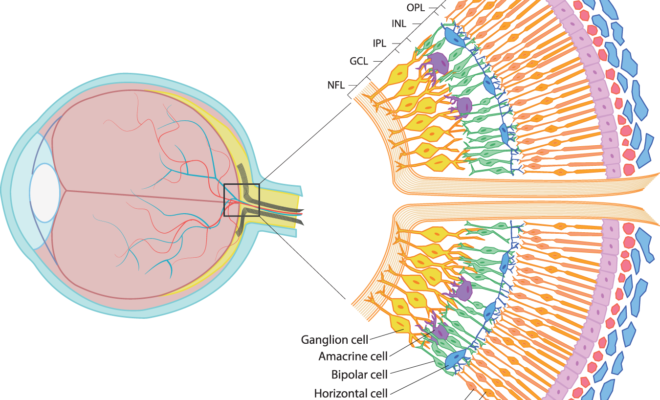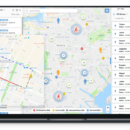Decoding Visual Impairment: An In-depth Overview

In the vast realm of health and wellness, visual impairment remains a subject that is often understood on a surface level. While many perceive it as complete blindness, it is far more intricate and varied. This article delves into the nuances of what it means to be visually impaired, tapping into reliable resources such as the one hosted by Prevent Blindness, to shed light on this important topic.
Defining Visual Impairment
At its core, being visually impaired doesn’t necessarily mean complete blindness. It encompasses a spectrum of vision challenges that cannot be corrected to a so-called “normal” level. This means that even if a person uses glasses or contact lenses, they might still be considered visually impaired if their vision doesn’t reach the standard parameters of typical vision. Visual impairment can range from mild blurriness or vision loss in one eye to total blindness.
The World Health Organization (WHO) classifies visual impairment by considering two main factors: visual acuity and the visual field. While visual acuity evaluates the sharpness of one’s vision, the visual field assesses the total area a person can see without moving their eyes. A significant compromise in these components could lead to a classification of visual impairment.
Root Causes and Different Types
Visual impairment can manifest for various reasons, with some of the primary causes being:
1. Birth Defects: These encompass complications either during pregnancy or at birth, leading to visual challenges in infants.
2. Diseases: Illnesses like glaucoma, macular degeneration, or diabetic retinopathy can cause gradual vision loss.
3. Injuries: Direct trauma to the eyes, be it due to accidents or exposure to harmful substances, can result in vision reduction or loss.
4. Age Factor: With advancing age, individuals might face challenges like cataracts, which deteriorate vision.
Broadly, visual impairment is categorized based on its severity:
• Low Vision: Here, individuals face considerable vision loss but not to the extent of complete blindness. Such people often resort to aids like magnifying tools or specialized software to help with daily activities.
• Legal Blindness: This is a formal classification and its definition varies across countries. In numerous regions, an individual with a visual acuity worse than 20/200 in their better-performing eye, even with correction, is deemed legally blind.
• Total Blindness: This category comprises individuals who can’t perceive any form of light, implying a total lack of vision.
Living with Visual Impairment: Challenges and Triumphs
The life of a visually impaired person might come with its set of challenges, but it doesn’t signify the end of leading a fulfilling existence. With technological progression and an enhanced focus on inclusive measures, there are a plethora of tools and resources tailored to assist those with compromised vision.
Software that can vocally read out digital content offers a bridge to the visually impaired, enabling them to seamlessly interact with the digital world. Tactile systems, notably Braille, permit visually impaired individuals to ‘read’ via touch. Moreover, with the plethora of information and guidance provided by platforms like the one from Prevent Blindness, individuals can gain knowledge, support, and confidence to navigate their journeys.
Conclusion
Visual impairment, though common, is frequently misconstrued. Grasping its depth is not just pivotal for the visually impaired community, but for society in its entirety. With accurate information, we can dispel myths and approach the topic with empathy, ensuring a more inclusive and understanding environment for all. Knowledge is the key, and the more we understand, the better we can support those living with visual impairment.


